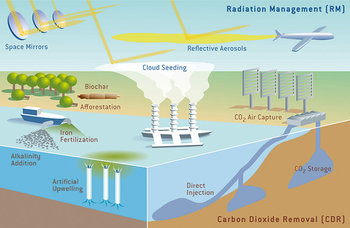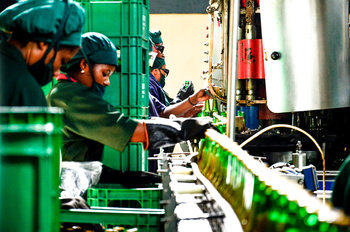
Energy Production
The conversion of available energy to usable energy. This can be calculated by the efficiency formula as follows.Efficiency = (usable energy / available energy) * 100For example, a solar panel that produces 350 watts of power from 1600 watts of sunlight:Efficiency = (350 / 1600) * 100 = 21.875%Energy Consumption
Energy efficiency can also be calculated for a machine that consumes energy by looking at the useful energy output by the machine.Efficiency = (useful energy / available energy) * 100The useful energy of a vehicle is the energy that goes into moving the vehicle forward. For example, an electric car that consumes 60 kWh on a particular drive that transfers 32 kWh of power to the wheels:Efficiency = (32 / 60) * 100 = 53.3%Energy efficiency is always below 100% as machines create some waste such as friction and heat.Productivity Efficiency
Machines on a production line require inputs such as energy, labor, materials and parts. The productivity efficiency of machines can be calculated with the dollar cost of inputs and dollar value of outputs.Efficiency = (output / input) * 100 For example, a machine in a job shop requires inputs of $400 an hour that produces parts with a value of $600:Efficiency = (600/400) * 100 = 150%A machine with productive efficiency over 100% creates value.| Overview: Machine Efficiency | ||
Type | ||
Definition | The capability of a machine to convert inputs to outputs without waste. | |
Related Concepts | ||



























